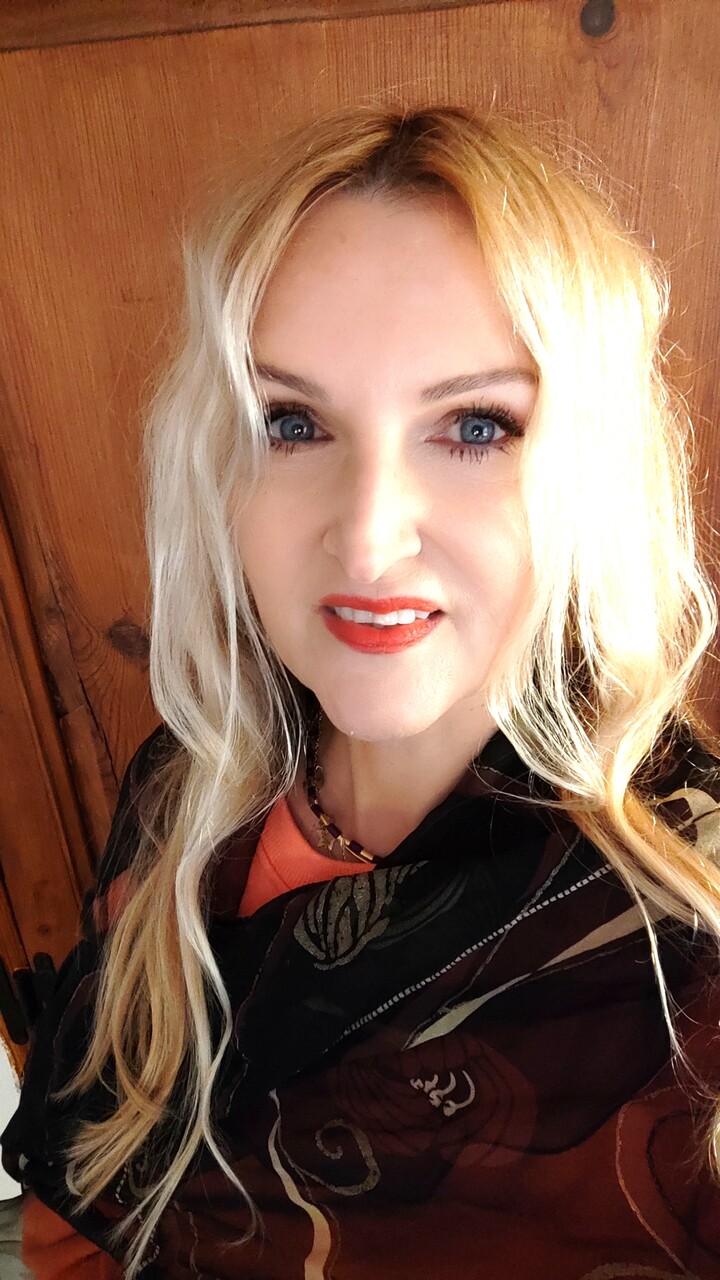
A NETWORK OF BONES
Our town was under German occupation and suffered 75 percent damage
during the defence of the town in 1945. By the time my siblings and I
were born, the town was rebuilt from the ruins left by shelling and
bombing, but there were still areas with forests of sunflowers and
fields of poppies along the streets leading to my school. The first
school was a considerable distance from our home, along a tarmac road
with a sinkhole covered by a porous lid. Sometimes, the escaping stench
was unbearable, however, periodically the town hall ordered the cleaning
of the sewage system. Everybody knew that the original pre-war cover
was missing, replaced by salvaged metal sheets.
Dad would scoff
at the incompetence of the town’s ruling minister, believing that in the
old days things were crafted to endure, and one could rely on walking a
street without the danger of falling into sewage through flimsy plastic
stink lids.
Despite his reservations about praising anything
German-made, he admittedly reviewed those roads built by the Germans
that wouldn’t make you break a leg when walking on them. Whenever I
passed that sewage hole, I heard what I imagined to be ghosts sunken in
the grit at the bottom, but it was just the sound of water dripping from
the underground walls.
Ahead of that old German sewage
monster, there were ruins of a house pockmarked by bullets that left
holes in the mortar. From the weedy garden, young boys would often throw
stones at the shattered windows, making lots of noise as if they were
playing combat games. Whenever I missed the ash blond hair of my older
brother among them, I would skip in fright, taking diversion down a path
through the cemetery leading to my school.
It was an old
graveyard with many toppled dated tombstones among which there were
newer graves adorned with pots of plastic flowers and photographs of the
deceased’s weathered faces. Each time I went that way, I felt the hair
on the back of my neck pricked by invisible fingers. A year or so later,
when I was at least ten, the town hall began raising the fences around
the cemetery, levelling the ground, and making a proper road for
children from my neighbourhood to the school.
It was about that
time that the soil around the graveyard was dug up leaving bones
appearing in odd places, even whole skulls, and arm bones. When you grow
up with such a view, your eyes begin to desensitize, and your entire
being overcomes the fear that we are made from bones beneath our skins
with big holes in the middle of the skeletal heads. It sounds grim now
as I write about it, but at that time, it was nothing extraordinary to
tell your parents after school that you encountered human remains
uncovered in the furrows where the big machines had been digging
earlier.
Mum would have explained that those were not “our
bones,” meaning they didn’t belong to our ancestors, but she wasn’t
right. Dad had a milder view on life, one I much preferred, as it
explained that the dead deserved respect, and what made the difference
was the weight of one’s heart beating against the ribcage.
That
didn’t stop us children from picking up a bone or two, studying them
this way and that before abandoning them to the ground. Some would
shudder with piercing screams, fearful at seeing a human part, and I
probably screamed too. The echo of these sounds stayed with me, and I
often incorporate spooky images into my writing material.
The
sewage sinkhole, though repaired at a certain point in time, once
attracted a bus load of German tourists. They were of an older
generation dressed in hues of grey, leaning as one to shine torches down
the darkened abyss. They were gesturing, talking in hushed whispers,
though their presence brought the entire neighbourhood out to
investigate. As it turned out, we found out there was a passage through a
subterranean maze of corridors, branching to different parts of our
town, with one opening near our school.
If everything is
connected in our world, so is the network of bones in our bodies with
the backbone playing a significant role in shaping who we are as
individuals.
Post Views : 946